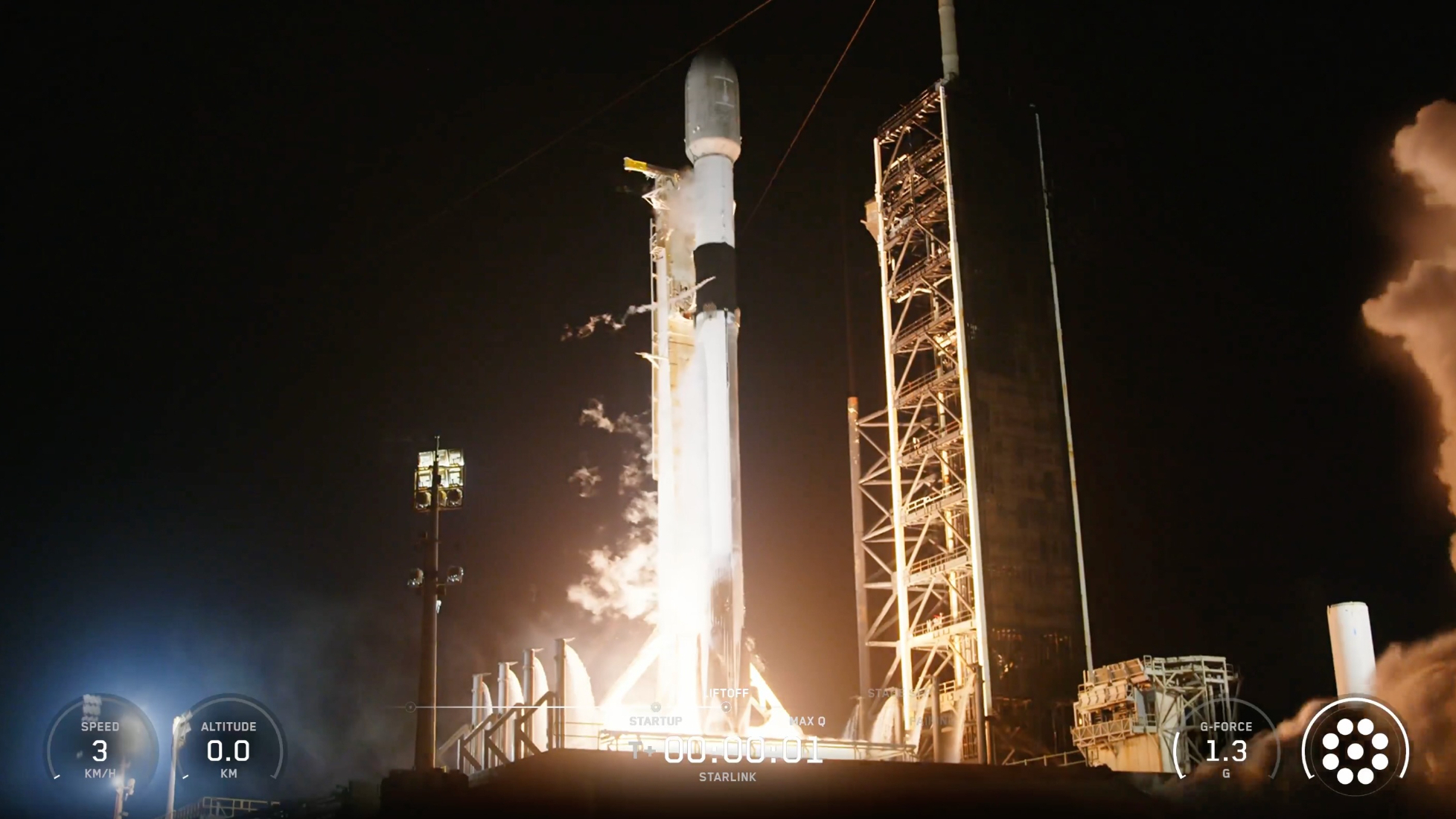Challenges Ahead for Spaceport America

LAS CRUCES, New Mexico -- Work is underway to design and construct the first "purpose-built" spaceportto handle passenger and payload launches to the edge of space and into Earthorbit.
New Mexico's Spaceport America is seen as one gateway in a community of gateways built notonly in the United States but globally. Suborbital craft that jumppoint-to-point between spaceports could be a blossoming enterprise to supportvacation travelers, as well as a host of other businesses.
Butbefore such visionary operations start, there are challenges to deal withbefore the planet is dotted with spaceports. Appropriate regulations will berequired to govern the development of these facilities for one. Much work isahead in operating and maintaining vehicles that will fly from these gatewaysto space.
Spaceportadvocates met at the 2nd International Symposium for Personal Spaceflight, heldhere this week prior to the Wirefly X Prize Cup competitions slated for October20-21 at the Las Cruces International Airport.
Regularly scheduled flights
Aprogress report on Spaceport America was given by Rick Homans, CabinetSecretary, New Mexico Economic Development Department and Chairman of SpaceportAmerica.
Homanssaid that the plan is to break ground at the spaceport in late 2007. The siteis 30 miles east of Truth or Consequences and 45 miles north of Las Cruces. Spaceport America is expected to cost a total of some $225 million toconstruct.
Breaking space news, the latest updates on rocket launches, skywatching events and more!
Followedby several years of building, Spaceport America would be up and running tohandle British billionaire Sir Richard Branson's suborbital spacelineroperations flying under the Virgin Galactic flag.
"By2010 we expect to be launching Virgin Galactic on regularly scheduled flightsto space from New Mexico at one or two times a week," he said, later ramping upto several times a day.
Homanssaid that Spaceport America will handle other tenants too. Cargo and passengerflights to the International Space Station will depart from the facility, "andsoon thereafter to the Moon," he added.
Democratization of space travel
Ablending of talents will be needed to satisfy the interests of manystakeholders, said John O'Connor, Chairman and Chief Executive Officer, DMJMAviation - the engineering and architectural firm now designing Spaceport America.
O'Connorsaid that 22 individual categories of spaceport facilities have already beendefined. These include a passenger terminal complex, airfield, groundfacilities, hangars, emergency response buildings; a public viewing site, aswell as mission and launch control, air traffic control facilities andfacilities for training.
Workis underway to best characterize the needs of both horizontal and vertical takeoff and landing vehicles, O'Connor noted. Furthermore, the entire Spaceport America initiative, he said, is taking into account the construction of an environmentally-sensitivespace hub.
O'Connorsaid that some parts of Spaceport America may be underground, as well as makeuse of wind, solar energy. Also to be put in place is a conservative strategyfor use of precious water resources, he said.
"It'sa complex undertaking," O'Connor observed. "What we're talking about with thespaceport is the democratization of space travel," he concluded.
Forecast: world's busiest spaceport
Theworlds first purpose-built spaceport is a business-oriented spaceport, saidLonnie Sumpter, Executive Director of the New Mexico Spaceport Authority.
Worktoward a spaceport license from the Federal Aviation Administration's spacetransportation office is on track, Sumpter said, expected to be in handapproximately at this time next year.
"Assoon as we have the license, we'll start construction of the spaceport,"Sumpter said, with the goal of completing the facility roughly in 2010.
Spaceport America will be a phased construction project. During its build-up, limitedlaunch operations will be undertaken.
On-linein 2010, Spaceport America "will be well on its way, we think, to becoming thebusiest space launch facility in the world," Sumpter explained.
Unknown unknowns
StuWitt, Director of the inland spaceport at Mojave, California - the locale ofthe pioneering flights of the piloted suborbital SpaceShipOne and the constructionof the customer-carrying SpaceShipTwo - saluted New Mexico's ability to makethe spaceport a state initiative.
Inlooking forward to the evolution of spaceports, Witt cautioned that he sees "alot of unknown unknowns."
Wittadvised spaceport planners in New Mexico to be wary of encroachment to nowremote stretches of land - from houses to convenience stores and other sprawl.
"Encroachmentskill airports," Witt warned.
Spaceportswill be the scene of research, flight test, and certification of people-carryingspaceships, Witt said, hopefully leading to a commercial phase. But mishaps aresure to occur, he said.
"We'llalso have to go through a 'prove it' phase," Witt continued, with a minimum of30 to 40 successful flights, he felt, to meet test points that are repeatableand sustainable.
"Thereare some huge unknown unknowns out in front of us that we must prove as acollective industry as we go forward. We must build responsibly," Witt said."Hopefully, if we're successful, we will dot the landscape with spaceports," heconcluded.
- VIDEO: Complete Coverage of the X Prize Cup
- LIVE Coverage of the X Prize Cup
- Astronaut Advice for Future Space Tourists
- Progress Touted In Private Space Travel
- Showtime for Spaceship Builders
- Space Elevator: Hoist to the Heavens
- X Prize Cup to Host NASA's Lunar Lander Challenge

Leonard David is an award-winning space journalist who has been reporting on space activities for more than 50 years. Currently writing as Space.com's Space Insider Columnist among his other projects, Leonard has authored numerous books on space exploration, Mars missions and more, with his latest being "Moon Rush: The New Space Race" published in 2019 by National Geographic. He also wrote "Mars: Our Future on the Red Planet" released in 2016 by National Geographic. Leonard has served as a correspondent for SpaceNews, Scientific American and Aerospace America for the AIAA. He has received many awards, including the first Ordway Award for Sustained Excellence in Spaceflight History in 2015 at the AAS Wernher von Braun Memorial Symposium. You can find out Leonard's latest project at his website and on Twitter.
